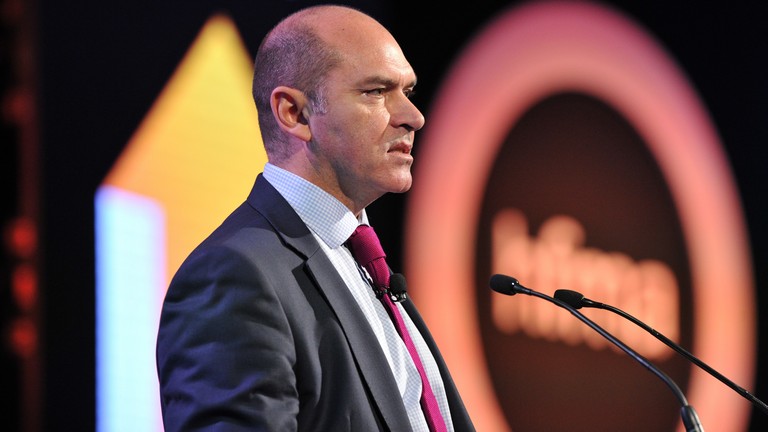Q2: provider pressures mount

Official figures show increases in emergency admissions from type 1 emergency departments (up 3.4% compared with last year), while delayed discharge accounted for 5% of occupied beds – the aim was to get this under 3.5% by September.
The NHS planning guidance had set out the aim to reduce non-elective demand. The aggregate provide plan assumed little planned growth in income (0.3%) and a real term reduction in hospital spending. In the first two quarters, income was broadly in line with plan, but this masked the effect of more unprofitable A&E activity and less elective work than planned. Operational pressures and destabilising events, such as cyber and terrorist attacks, had affected elective and outpatient income in some providers, with a shortfall of £238m reported in these two types of work.
There was some positive news – more patients have been seen and cost improvement programmes have delivered more than £1.2bn of savings in the first six months, while hospitals have cut temporary staff spending by £119m over the first half of the year compared with the same period last year. NHS Improvement said the sector was on track to deliver the £500m reduction in agency spending set for 2017/18.
While cost improvements in the first half of the year (2.9%) implied efficiency above the inflation assumptions in the tariff (2.4%), there was still a £169m shortfall against the ambitious target plan, NHS Improvement said.
Most providers (88%) had accepted a control total and 73% of these (170) predicted they would be at or better than plan at year-end.
There were further potential threats to the financial position, including demand during the winter period and delayed transfers of care. Also, most providers’ forecasts assume they will receive the CQUIN funding (0.5%), which is being held as a reserve to deliver their control totals. The funding was earned by trusts in 2016/17 and NHS Improvement warned that if it was not paid by NHS England and clinical commissioning groups in 2017/18, the overall provider position would deteriorate by a further £128m.
NHS Improvement chief executive Jim Mackey (pictured) accepted that, based on the quarter’s results, the year-end deficit will be worse than planned. But he added: ‘Despite providers of NHS care being under immense pressure, they have done better both for patients and for taxpayers this quarter.
‘The NHS is treating more patients than even before and yet more patients have been seen within four hours in A&E and within 18 weeks for planned care. In addition, NHS providers are delivering levels of efficiency and productivity that no other health system is managing to deliver.’
Related content
We are excited to bring you a fun packed Eastern Branch Conference in 2025 over three days.
This event is for those that will benefit from an overview of costing in the NHS or those new to costing and will cover why we cost and the processes.